Uber taps Hyundai to develop its 'flying taxi'
The future steps a little closer as Uber and Hyundai reveal their four-passenger flying car.
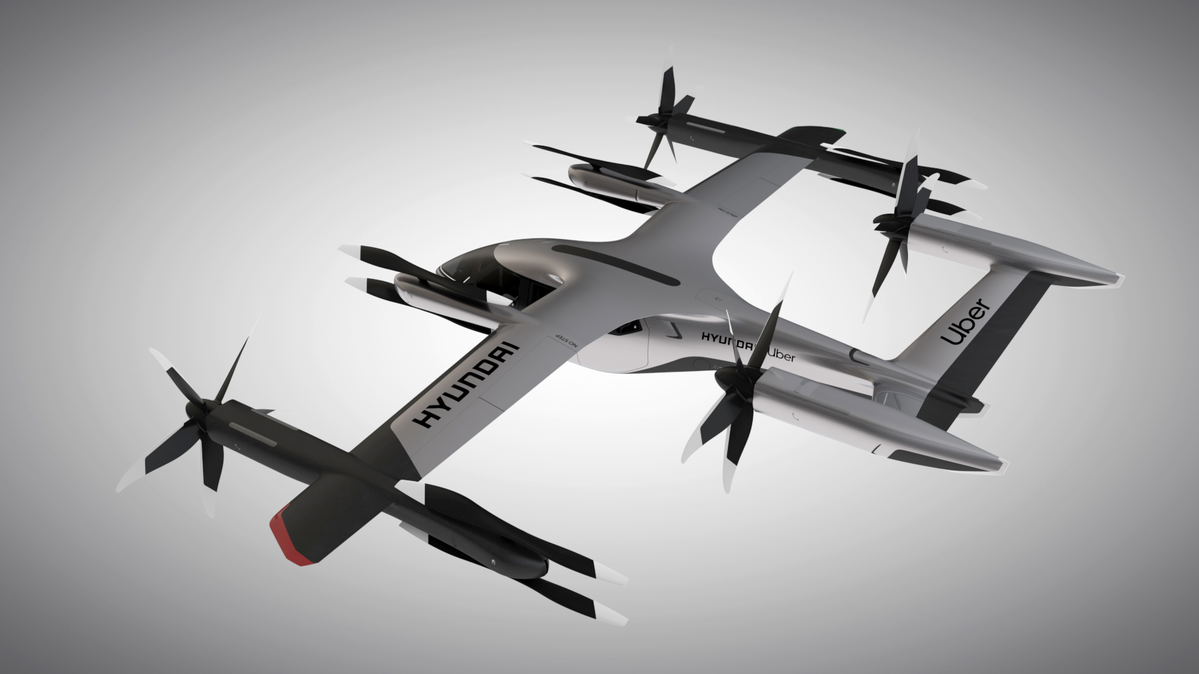
Uber is working on a flying car with Hyundai, the first automaker to buy into Uber’s dream for a network of air taxis dotting the skies of major cities.
The two companies outlined their partnership Monday at the CES technology conference and plan to show off a full-scale model of the vehicle this week on the trade show floor in Las Vegas.
Hyundai’s all-electric aerial taxi would be able to take off and land vertically, accommodate four passengers and cruise at up to 320km/h per hour. It would be fully electric with a range of 100km.
The Uber Elevate service is expected to begin trials in the US in 2020, with commercial services offered in selected cities including Melbourne by 2023, which would see business travellers and other time-pressed souls darting between city rooftop and airport landing pad in 10 minutes for less than $100.
Uber Elevate chief Eric Allison said Hyundai's experience of manufacturing vehicles on a global scale will unlock "the potential to build Uber Air vehicles at rates unseen in the current aerospace industry, producing high quality, reliable aircraft at high volumes to drive down passenger costs per trip."
"Combining Hyundai’s manufacturing muscle with Uber’s technology platform represents a giant leap forward for launching a vibrant air taxi network in the coming years."
For the flying car project, Uber is working with NASA and a half-dozen manufacturers, including Bell and Joby Aviation.
The arrangement with Hyundai stands out because the automotive giant could produce air vehicles at “rates unseen” in the aerospace industry, said Allison.
High volume would, in theory, decrease the price per trip and make an air taxi network financially viable, he said.
The concept is similar to those designed by Boeing and a handful of other companies in collaboration with Uber Elevate, the ride-hailing company’s aerial division. In addition to sci-fi ventures, the group also oversees Uber helicopter rides, which are available in New York City.
Read: How to catch an Uber Helicopter between New York and JFK airport
Uber said it’ll provide partners with airspace support services, connections to ground transportation and a large base of customers.
The companies will collaborate on finding places for the vehicles to take off and land, with Uber likely leveraging existing relationships with real estate companies including Hillwood Properties and Signature Flight Support.
While Uber has held talks with the Federal Aviation Administration, the effort is likely to face heavy scrutiny from the regulator over logistics for takeoff and landing, noise and safety concerns.
Hyundai said its vehicle will require a human pilot initially and eventually operate autonomously.
Neither Hyundai nor Uber provided a timeline for dispensing with human pilots.
The move represents a pop of innovation for Hyundai, which, like other car manufacturers, has been hit by changing consumer habits that favor access over ownership and a preference for vehicles not powered by gasoline.
For Uber, the arrangement expedites ongoing efforts to evolve from a ride-hailing company to a de facto global transportation and logistics provider.
This article is published under license from Bloomberg Media: the original article can be viewed here
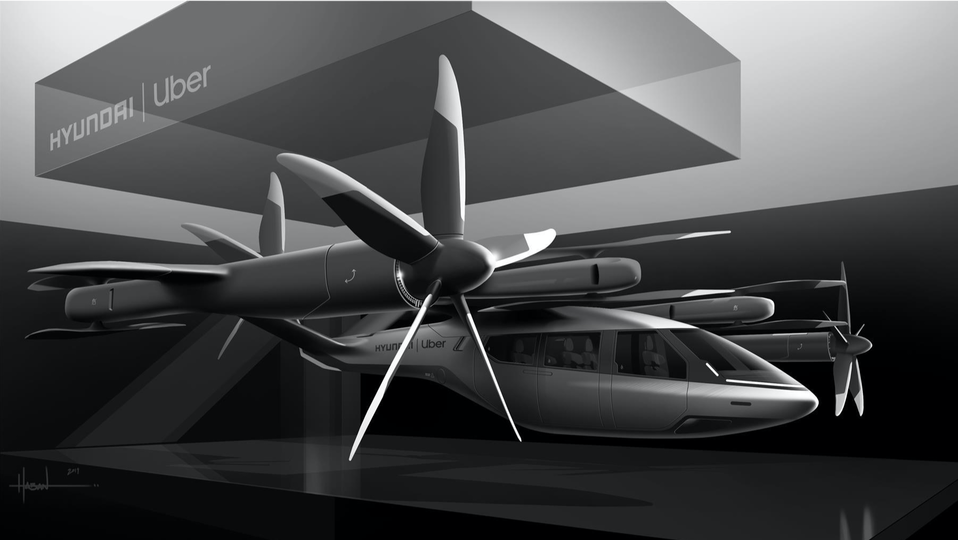
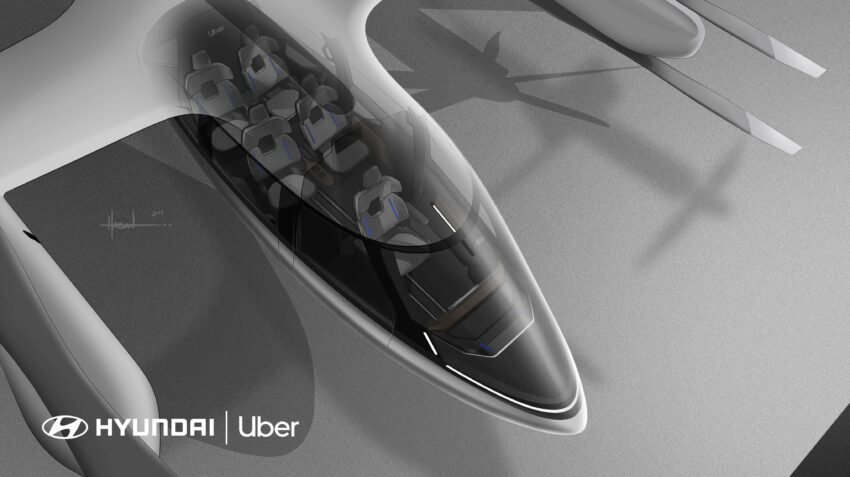
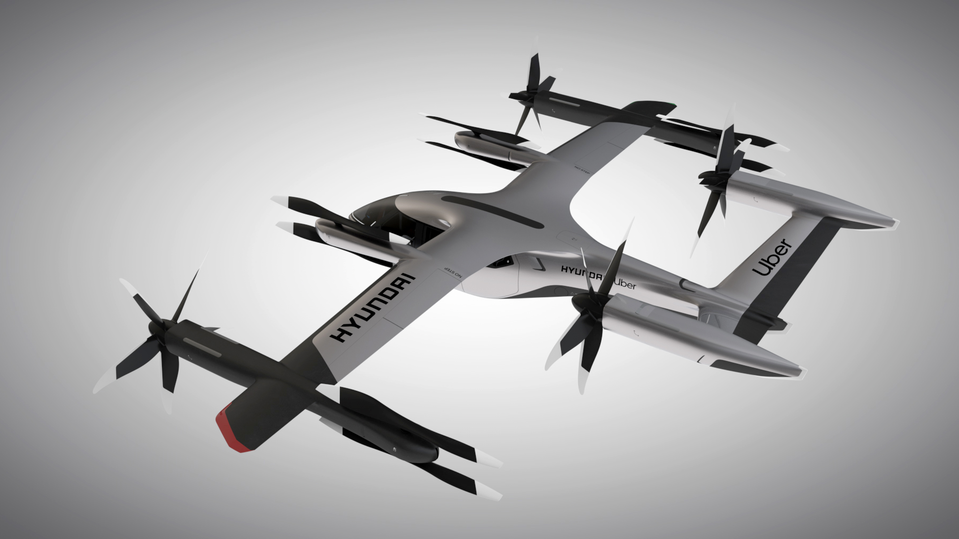
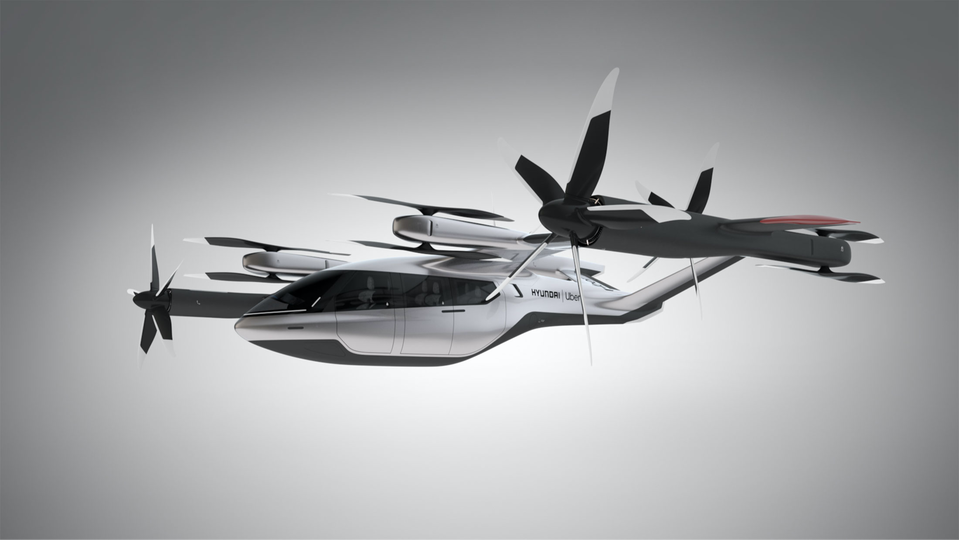
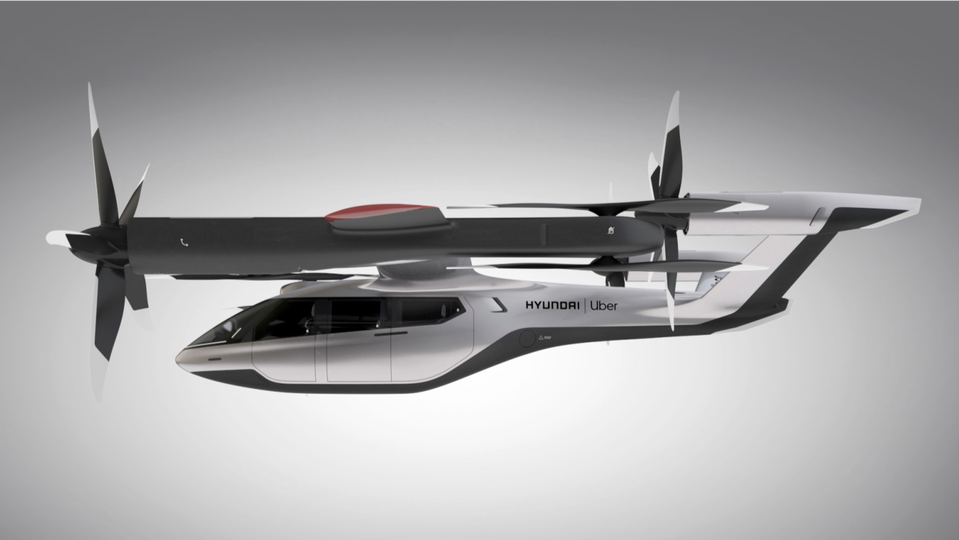
Hi Guest, join in the discussion on Uber taps Hyundai to develop its 'flying taxi'